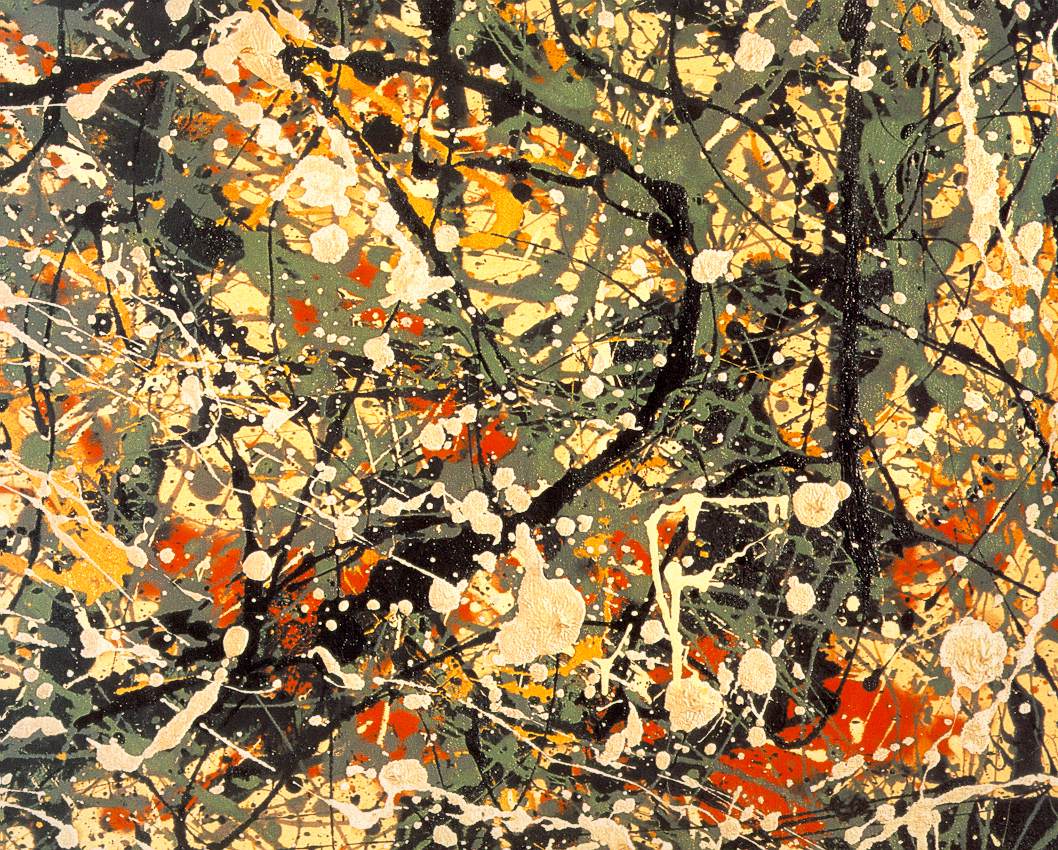Four to five minutes: 3/3
PPT, Prezi, other?: 3/3 I did have a powerpoint, which might have been simple, but I don't think it drove the presentation.
Creative and Supplemental: 3/5 I think I could have been more creative with both my presentation and visual component.
Inspire through your passion: 4/5 I used what I had learned from drawing, my passion, to try to give advice for the audience to use when pursuing their own passion.
Show your product: 2/2 I showed my product by displaying my drawings in the presentation.
Explain your process: 2/2 I explained how I created my timeline, and what I discovered through following this timeline.
What is your purpose: 2/2 I feel that this was shown when I explained the process by which I chose to study the three famous artists.
Organization: 3/4 I feel like my organization could have been better, as the time I devoted to each part was not even.
Delivery: 3/4 I could have been more enthusiastic, and been more independent from my notes.
If anything, this project was a success in the sense that I have rediscovered why I like drawing, and now I feel more motivated to continue improving. Who knows, with the right steps, maybe one day I could be the next Escher! (or Dali, or Hokusai, or Pollock, or anybody else who is a really good artist).














